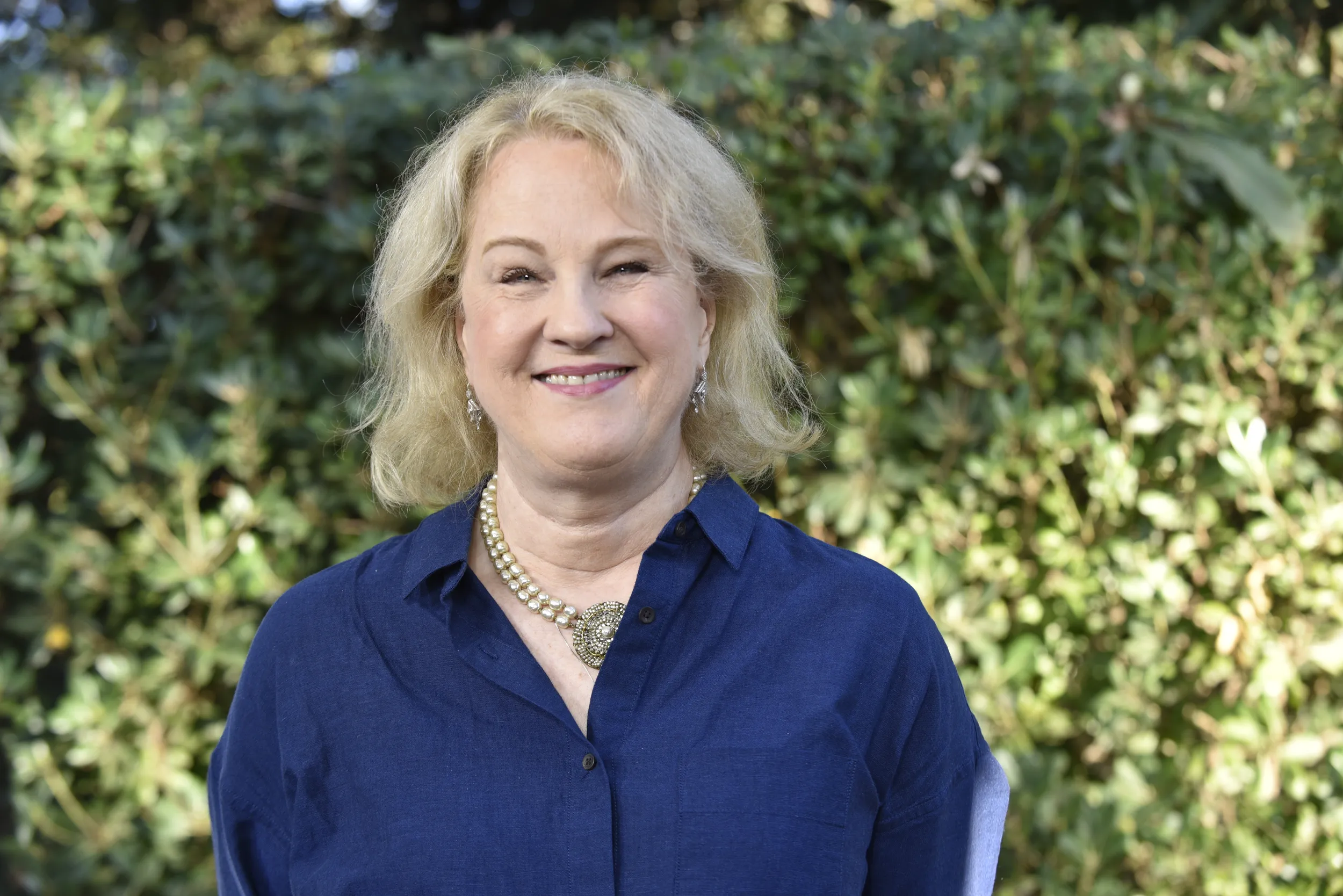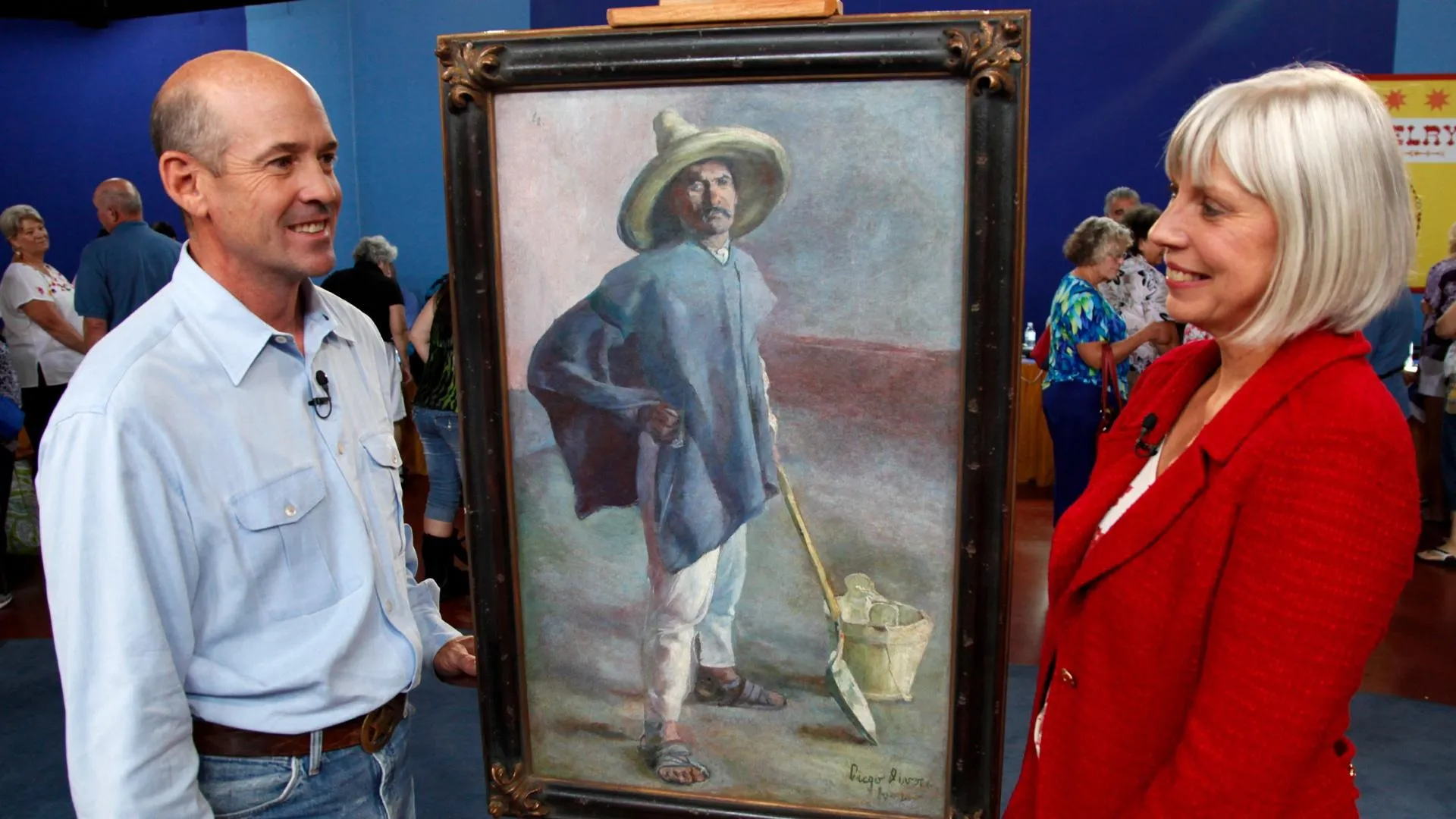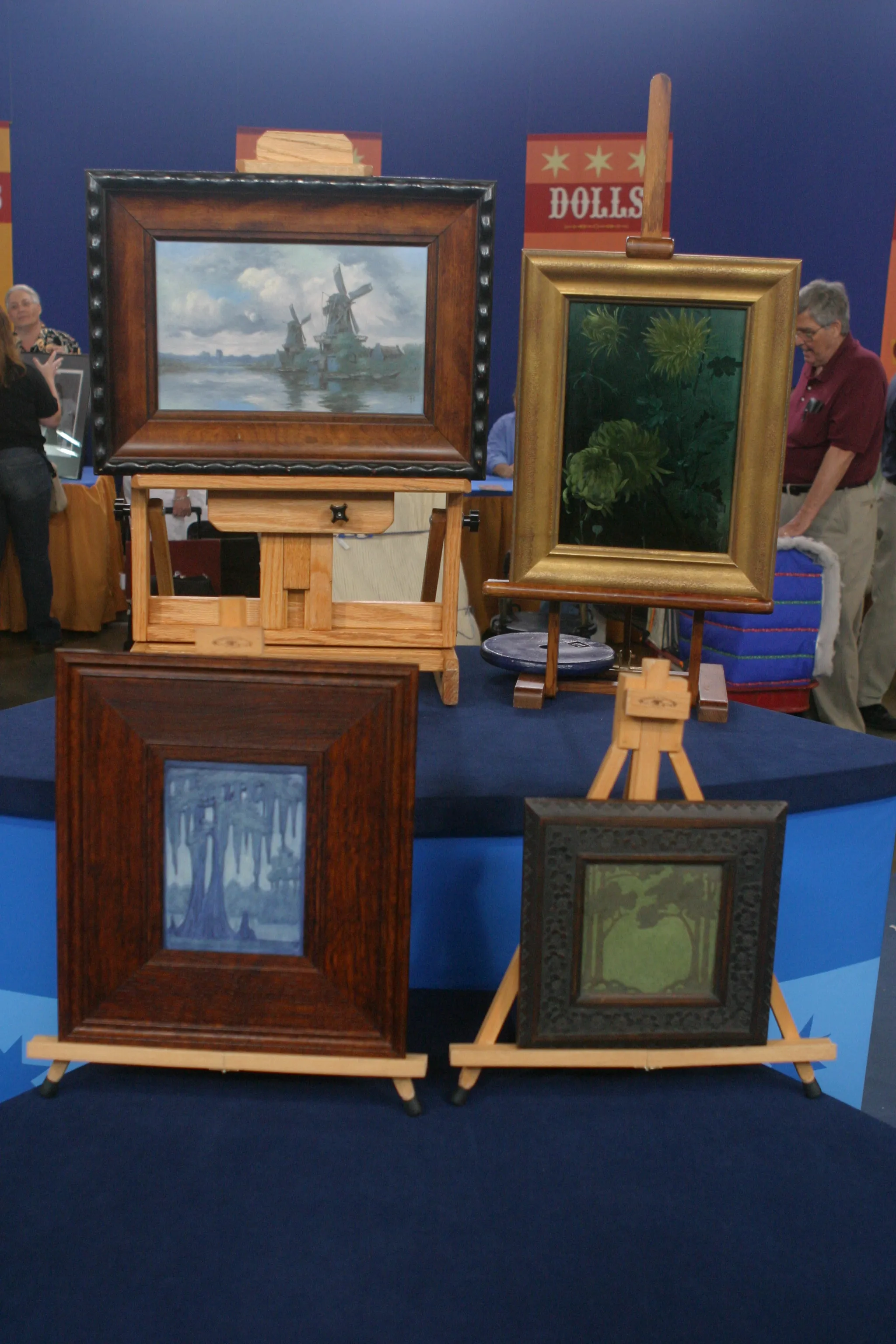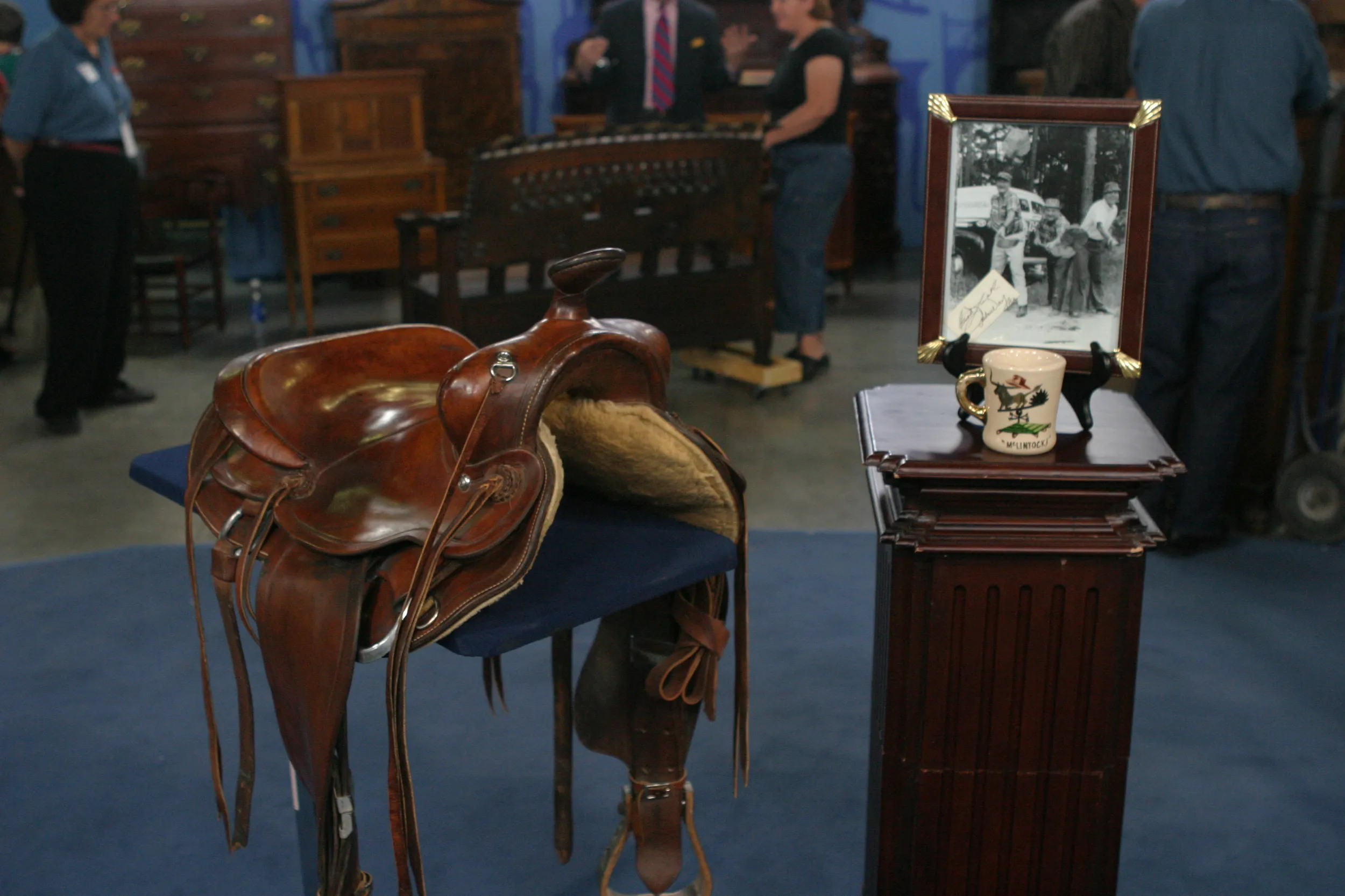GUEST: When my dad, who was a rancher, retired, he began to speculate in the stock market. And he made a lot of money. My mother and I, you know, we were kind of in the background. But she wanted to make one investment, and so he, he said, "Okay." We bought it in Houston, brought it home, and we were just the laughingstock of the family. My memory is, we spent $2,000, but I think the receipt shows a little less than that. All the money's gone, but I'm hoping that this is maybe a pretty good investment.
APPRAISER: So this is the one thing that you have left from all the...
GUEST: From everything.
APPRAISER: All the investments.
GUEST: Right.
APPRAISER: Why did you decide to buy this painting as an investment?
GUEST: We were at a gallery, and we looked at many things. But Mother and I both liked Calder; we knew Calder.
APPRAISER: But you also bought it because you liked it.
GUEST: Oh, yes.
APPRAISER: Yep.
GUEST: Mother and I were having fun.
APPRAISER: Right. I always like to tell people not to buy for investment, but because you love something. And then if the bottom should fall out of the market, at least you've still got something that you love.
GUEST: Yes.
APPRAISER: Well, Calder was born in 1898. His career began in the '20s. And by 1926, he had moved to Paris. And about four years later, he went to visit the studio of Mondrian, who was known, famous and known for his abstract paintings. And on one wall of the studio, there were these rectangles of colored paper that he would rearrange and shift around and study and decide how he would make his next composition. And this really impressed Calder. And he said later in life that this really shocked him towards abstraction. And for three weeks after that visit, he did nothing but paint abstract paintings. He ultimately decided that he preferred being a sculptor, but he did always paint throughout his career. And when you look at his paintings from the '40s to the '70s, you see similar characteristics, which are geometric shapes, bright colors, bold design. And I think you can see that we have a lot of the things here. We only have the one color of red, and we have these concentric circles boldly defined in black and white. Here, he's done kind of a wash to create a gray with the watered-down black. But it really is a very dramatic composition.
GUEST: Uh-huh.
APPRAISER: It's very simple, but powerful. When I started out in the auction market in the '70s, these things really didn't bring much money at all. They hit kind of peak in 2006, and it's leveled out a bit more. But, you know, they're much more desirable than they were 30 years ago. Do you want to make a, a stab at what you think the current value might be?
GUEST: (chuckles): No. No, you just tell me. (laughing)
APPRAISER: Well, I think this is an investment that did work out.
GUEST: That worked? That worked!
APPRAISER: Because I think if you were going to sell this in a retail gallery now, it, it might sell for about $50,000.
GUEST: (laughing) I'd say that was a good investment.
APPRAISER: That was a good investment.
GUEST: (laughing): It was.












